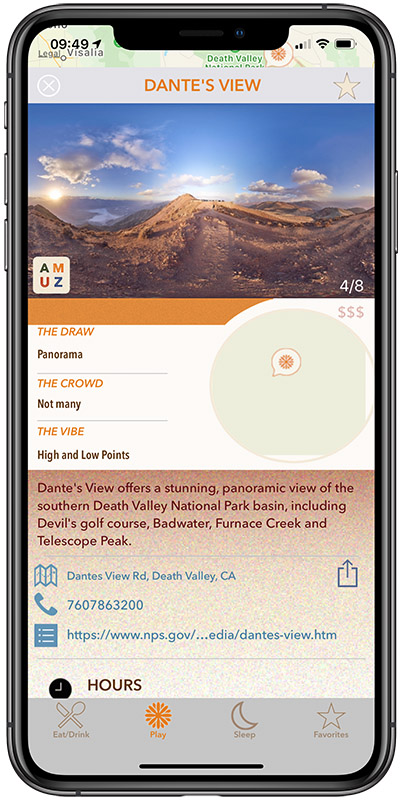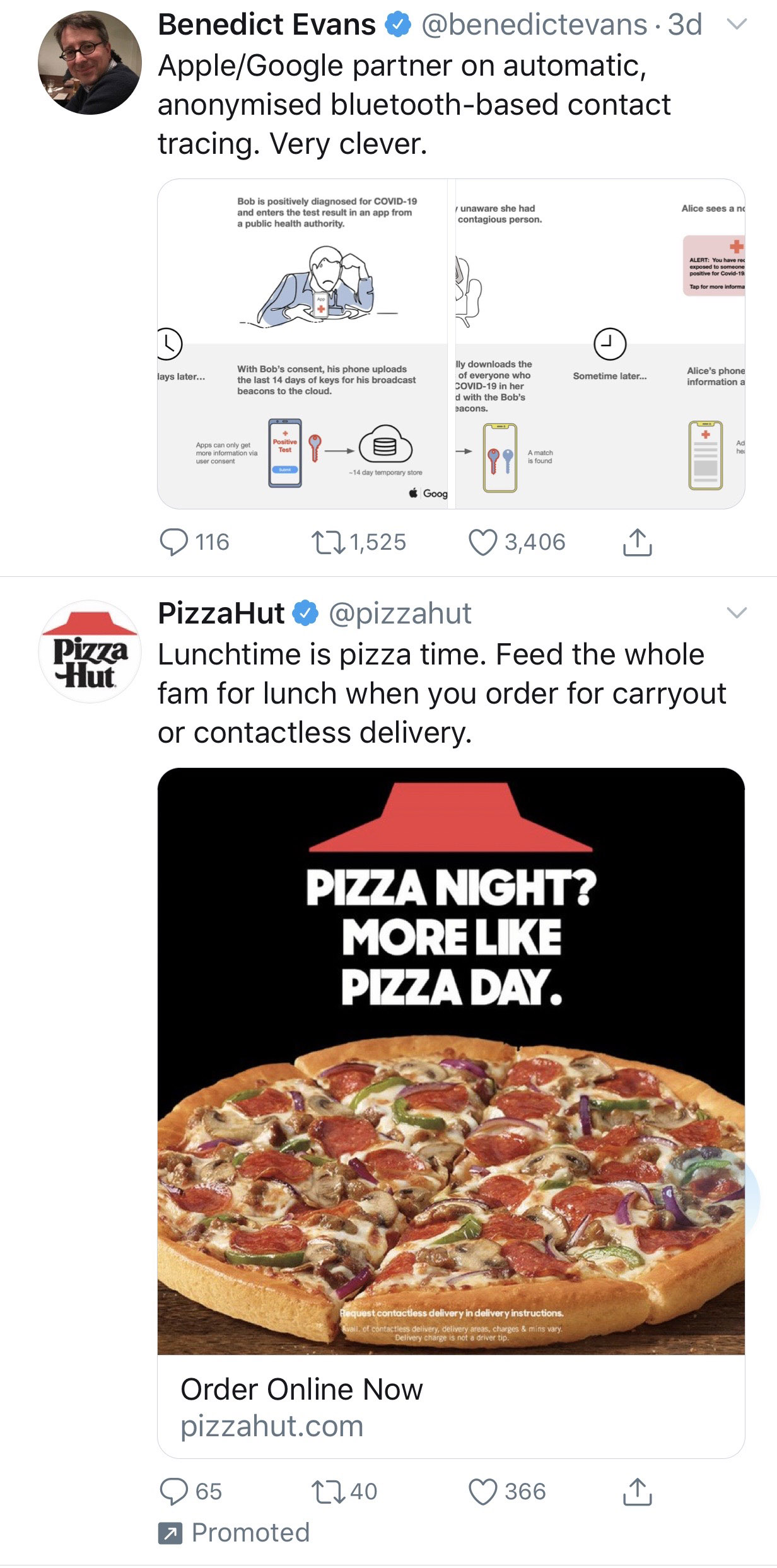Joe goes on like this for quite a while. For a more rational report of this news, turn to the NY Times: “N.Y.C. Death Toll Soars Past 10,000 in Revised Virus Count.”
“New York City, already a world epicenter of the coronavirus outbreak, sharply increased its death toll by more than 3,700 victims on Tuesday, after officials said they were now including people who had never tested positive for the virus but were presumed to have died of it. …
“The city and the state have at times differed in their counts of the dead in New York City. As of Monday, the state said that 7,349 had died of the virus in the city. City officials have complained that they are at the whim of the state, which has been slow to share the data it receives from hospitals and nursing homes. The state Health Department explained on its website that the discrepancy is caused by the city and state using ‘different data systems.’”
Fun fact! The NYC numbers were increased on April 14, a city of 8 million increasing its count of fatalities by “more than 3700.” On April 17, China increased its fatality count by 1,290 for a city of 11 million – a proportionally smaller increase. But the journalists reporting the story about China had amnesia about the NYC news from three days ago, although that gives important context for the NYC story.
Also note the effect of the large, complex, and often conflicting reporting systems in China and America. When this causes confusion (or chaos) in the US, it is business as usual. When it happens in China, conservatives growl about those untrustworthy yellow people.
Extremists undermining our society
Extremists undermining our society
The final numbers for employment and GDP take over a year to produce in the US, with its vast and expensive accounting apparatus. Expect only unreliable numbers during a pandemic by doctors trying to save lives (including their own), with accounting a lower priority.
Complex phenomena are not counted like apples – whether CPI, GDP, or deaths from COVID-19. The definitions and accounting systems for all of these are constantly in motion, changed to reflect new knowledge and new collection systems. Before test kits were widely available (January in China, April in the US), clinical data was used to distinguish COVID-19 from the flu. Shifting to test kits changed the nature of the numbers.

